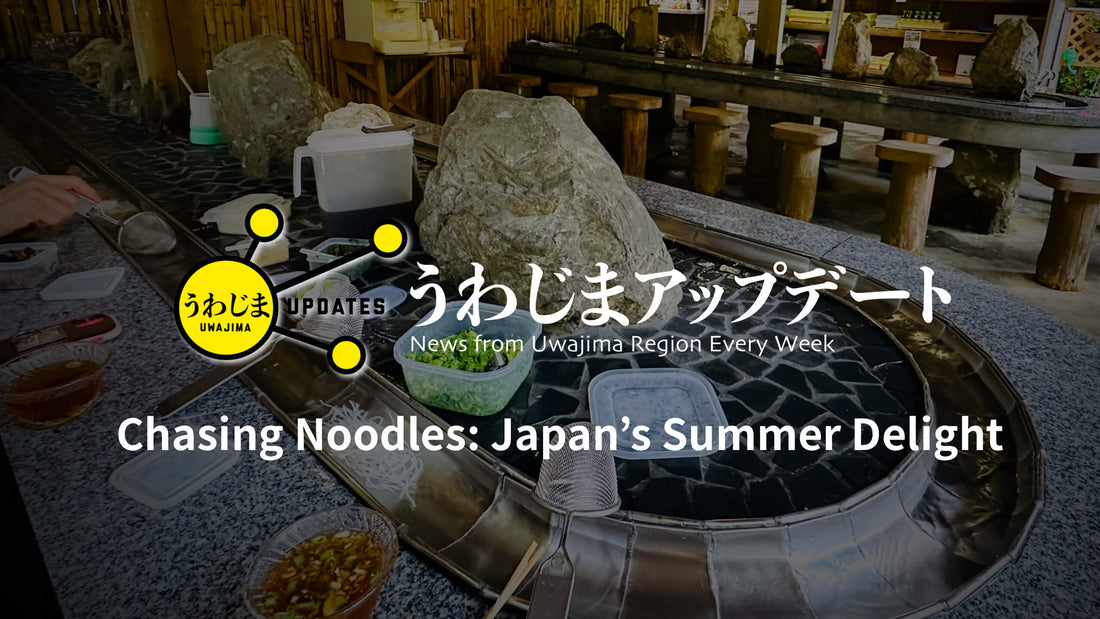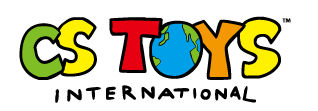
Uwajima Updates: Chasing Noodles: Japan's Summer Delight
Masaki SeikeShare
This summer, I spent a special week with my children, who returned home from Tokyo. Since they had never experienced Nagashi-somen (flowing noodles), we decided to try it together. We visited two places: Yasumori Limestone Cave (Yasumori Shonyu-do, 安森鍾乳洞)and Setsuyasu(節安) Valley in Kihoku Town (鬼北町). At Setsuyasu, we even stayed overnight in a cabin, enjoying both the fresh air and the noodles.


Eating outdoors by a clear stream is a delight. What impressed me most was the way local ladies carefully timed the noodles, releasing them down the bamboo chute at just the right moment. It’s more than food—it’s entertainment. Of course, since COVID, people often use nets instead of chopsticks to catch the noodles, but chasing them is still fun.
Interestingly, the history of Nagashi-somen(流しそうめん) is relatively recent. It began around 1955 in Takachiho, Miyazaki Prefecture, where people cooled noodles in mountain water. From there, it spread nationwide. My daughter, who lives in Tokyo, pointed out something I hadn’t noticed: in Tokyo, people say Nagashi-somen, but in Ehime we say Somen-nagashi(そうめん流し). After some research, I learned that there are actually two types: the traditional “falling style,” where noodles are sent down by hand, and the “circulating style,” where noodles run endlessly in a loop.

This made me think about Japanese food culture more broadly. Perhaps Nagashi-somen and even conveyor-belt sushi (kaiten-zushi,回転寿司, invented around the same time in the 1950s) share a common spirit: turning eating into play, enjoying clever mechanisms, and creating joy even in the heat of summer. It reflects something unique and wonderful about Japanese sensibility.
If you’re still looking for a summer adventure, both Yasumori Limestone Cave and Fureai no Mori in Setsuyasu in Kihoku Town are offering Nomen-nagashi experiences. Be sure to check their schedules in advance. It’s a refreshing way to enjoy Japan’s summer.
Uwajima Updates:Summer Delight – 流しそうめんを追いかけて
この夏は、東京から帰省した子どもたちと1週間ほど一緒に過ごしました。せっかくなので、まだ体験したことのなかった「流しそうめん」に挑戦。訪れたのは、鬼北町の安森鍾乳洞と節安渓谷。節安ではキャビンを借りて宿泊し、大自然の中でそうめん流しを楽しみました。

渓流のそばで食べるそうめんの美味しさ。おばちゃんたちがタイミングを計って麺を流してくれる。その一玉を追いかけてすくい取る楽しさ。食べることが娯楽になる瞬間でした。コロナ以降は箸ではなく網ですくう形になりましたが、それでも十分に楽しい体験です。
実はこの文化、意外に新しく、昭和30年代(1955年頃)に宮崎県高千穂で始まったのが最初だといわれています。全国に広まる過程で、現在は大きく二つのスタイルがあります。おばちゃんが一玉ずつ流してくれる「落下式」と、機械で循環させる「循環式」。前者を「そうめん流し」、後者を「流しそうめん」と呼び分ける地域もあるそうです。
娘に教えられて気づいたのですが、東京では「流しそうめん」、愛媛では「そうめん流し」と呼ぶのが一般的。呼び方の違いからも地域性を感じます。こうして考えると、日本人が「食を楽しむ」感覚の豊かさが見えてきます。回転寿司の発明も昭和30年代。同じように“仕掛け”や“遊び心”を食に取り入れる文化です。暑い夏をしのぐ工夫が、日本らしい楽しみに変わっていったのでしょう。
8月中はまだ楽しめます。安森鍾乳洞や節安ふれあいの森のそうめん流し。訪れる際は営業日を確認して、ぜひ足を運んでみてください。
